

Cold seeps are places on the seafloor where cold hydrocarbon-rich water escapes. They occur most often at tectonic plate boundaries. Carbonate deposits and communities of organisms are often ...
READ MORE

Cold, oxygen-rich water from the Southern Ocean combined with a super-charged methane seep in the seafloor off New Zealand’s North Island have created a unique food web according to an ...
READ MORE
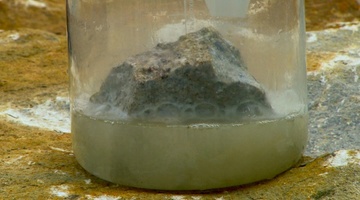
Limestone is an unusual rock in that it fizzes when dilute acid is placed on its surface. It is the presence of calcium carbonate that is responsible for this. The calcium carbonate content of ...
READ MORE
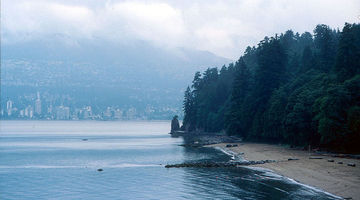
In this activity, students construct models that resemble rain falling on a hillside to observe factors affecting soil erosion and ground stability. By the end of this activity, students should ...
READ MORE

In this activity, students view the interactive Calcination – lime from limestone, which shows the industrial processing of limestone into lime, and use the information to complete a matching ...
READ MORE

In this activity, students investigate some of the physical, chemical and physiological properties of carbon dioxide gas. In addition, a model demonstrating the amount of carbon dioxide in the ...
READ MORE

The Planet Four online citizen science project is designed to assist planetary scientists to identify and measure features on the surface of Mars that don’t exist on Earth. Help is needed to ...
READ MORE

Be part of a worldwide movement and use Global Earth Challenge to submit or classify photos to help our planet’s environment and human health. Global Earth Challenge is a citizen science campaign ...
READ MORE

This citizen science project wants your assistance to extract information from various climate scientific graphics to help combat misinformation and support scientific communication. Using this ...
READ MORE
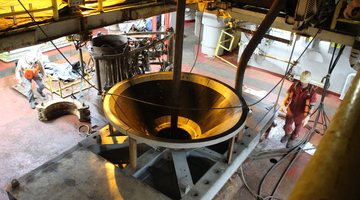
In this recorded professional learning session, Lyn Rogers and guest Aliki Weststrate from GNS Science explore some of the science involved in building our understandings of natural hazards ...
READ MORE

Seaweek is New Zealand’s annual national week about the sea. It is coordinated by the Sir Peter Blake Marine Education and Recreation Centre (MERC) and includes a wide range of events ...
READ MORE
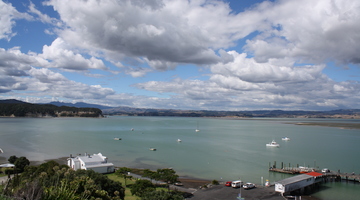
With 75% of New Zealanders living within 10 km of the coast, many students will be familiar with estuaries. In scientific terms, estuaries are the interface between the land and the sea – the ...
READ MORE
Dr Ashley Rowden, a principal scientist with the NIWA Marine Benthic Ecology group based in Wellington, explains what cold seeps are, where they are located in New Zealand and why rich ...
READ MORE
Dr Steve Hood explains that a cold seep is the expulsion of hydrocarbon-rich fluids at the seafloor. Over time. a specialist type of limestone can form. These are quite unlike shelf limestones ...
READ MORE
NIWA's Dr Ashley Rowden describes how a community of organisms develops around a cold-seep site. Forming the base of such a community are specialised bacteria that use methane gas present in the ...
READ MORE
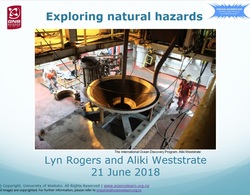
This is the slideshow that supports the Exploring natural hazards PLD webinar. Use the Slideshow menu for further options, including view full screen, and go here for the download option.
READ MORE

An interactive showing the main components of the terrestrial nitrogen cycle. Select one of the buttons to find out more. Go here to view the full transcript and copyright information.
READ MORE

Sea stars have many weird and wonderful adaptations including both sexual and asexual reproduction. Click on any of the labels in this interactive to view short video clips or images to learn ...
READ MORE